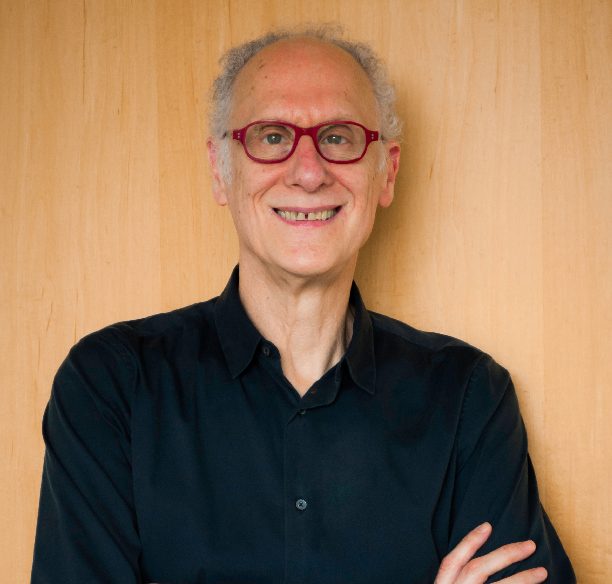Message from the Publisher
As National Indigenous History Month comes to a close for another year, two questions come to mind. When did this start, and how do we keep alive the heightened awareness and appreciation gained during this month during the eleven months leading up to next June?
When did we start celebrating National Indigenous Peoples Month?
Actually, it began as only a day, though a very special day - June 21st, the summer solstice. In the northern hemisphere, on June 21st we experience the maximum height of the sun’s journey through the heavens when summer is just beginning and we spend more of our time outdoors in nature. As a northern nation, it makes sense that Canada would pick this time to celebrate and honour Indigenous peoples who appreciate and honour the land, water and air that sustain us.
In 1995, Canada’s Governor General, Roméo LeBlanc, declared June 21st National Aboriginal Day, using a term introduced in the 1982 Constitution to refer collectively to First Nations, Inuit and Métis peoples. Although years earlier in the 1970s, Indigenous leaders had chosen the term “Indigenous” to highlight a people’s connection to traditional territories and their experiences of colonization, the constitutional term stuck until 2017, when Canada’s Prime Minister, Justin Trudeau, changed the name to National Indigenous Peoples Day. The fact that it took over twenty years reflects the slow pace of awakening among Canada’s leaders to the importance of words and their impacts.
In 2009, the Government of Canada declared June as National Indigenous History Month “to recognize and celebrate the heritage and ongoing accomplishments of First Nations, Inuit, and Métis communities.”
How do we sustain our awareness and appreciation?
I celebrated this year by measuring the path of the sun across the deck behind our house. As the sun moves across the southern sky, it casts a shadow produced by a railing post conveniently situated near the middle of the deck. I collected a pile of stones as markers. In the early morning, the post cast a long shadow toward the southwest. I placed a stone at the end of the shadow. About 30 minutes later, the shadow had moved. It was a bit shorter and pointed a little more toward the north. I placed another stone. Over the morning hours, the shadow rotated eastward, becoming shorter and pointing more and more toward the north. Every once in awhile I placed another stone. Over the day the stones created a smooth curve running from west to east past the post. The curve was closest to the post around 1 pm when the sun was at its highest point. (Normally this happens around noon, but we’re on Daylight Saving Time when we move our clocks an hour ahead.) At that point, the shadow points exactly north.
If you do this exercise over the year, you’ll heighten your awareness of the changing position of the sun and how it relates to the changing seasons. These kinds of experiential connections are integral to Indigenous knowledge, understanding and culture.
I find it somewhat prophetic, and possibly hopeful, that a heightened appreciation and desire to honour and include Indigenous ways of knowing is coming at a time of environmental crisis. The lived experience and accumulated wisdom of people who have lived here on the land for millennia will undoubtedly balance and temper the intellectual insights and technological ingenuity of the newcomers who currently wield power and need to learn how to share it for the greater good.
| Organizations: | |
| People: | |
| Topics: |
Events For Leaders in
Science, Tech, Innovation, and Policy
Discuss and learn from those in the know at our virtual and in-person events.
See Upcoming Events
You have 0 free articles remaining.
Don't miss out - start your free trial today.
Start your FREE trial Already a member? Log in
By using this website, you agree to our use of cookies. We use cookies to provide you with a great experience and to help our website run effectively in accordance with our Privacy Policy and Terms of Service.




